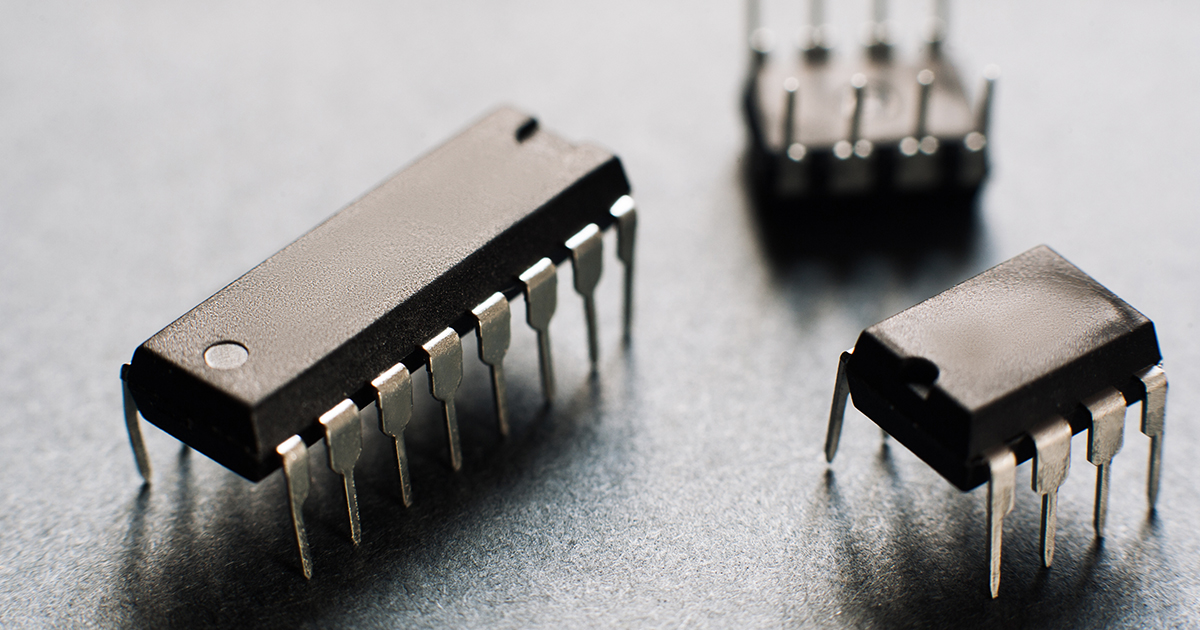In the realm of electronic engineering, the operational amplifier (Op-Amp) stands as a central component in analog circuit design. Known for their high gain, rapid response, and user-friendly characteristics, Op-Amps play a pivotal role in a variety of applications, including signal amplification, filtering, and data conversion. This article delves into the fundamental principles, features, types, application scenarios, and technical specifications of Op-Amps.

Basic Principles and Characteristics
An Op-Amp is a type of voltage amplifier with two input terminals (an inverting input and a non-inverting input) and a single output terminal. An ideal Op-Amp has an infinitely high input impedance, zero output impedance, and a very high open-loop gain. This means that even the slightest difference in input voltage can result in a substantial output signal. The fundamental working principle of an Op-Amp is to amplify differential input signals into a single-ended output signal.
Types of Op-Amps and Applications

A variety of Op-Amp types are available on the market, each suited for different application scenarios.
● General-Purpose Op-Amps: The classic LM741 Op-Amp is designed for a broad range of applications and is not optimized for any specific type of signal processing. These Op-Amps offer good linearity, moderate speed and gain, and relatively high input impedance with low output impedance. The LM741 is popular in educational settings and hobbyist projects due to its cost-effectiveness and availability. They are also suitable for basic industrial signal conditioning and monitoring tasks.
● Dual Op-Amps: The LM358DR, for example, integrates two independent Op-Amps that share the same power supply. This configuration allows designers to achieve more compact dual-channel signal processing within a single package, suitable for stereo audio amplification, differential signal processing, and power supply monitoring systems. Dual Op-Amps help save space, reduce component count, and may improve channel matching, which is crucial for precise measurements and signal processing.
● Precision Op-Amps: Precision Op-Amps like the OPA2277U are designed for applications that require very low offset voltage, low noise, and high stability. These Op-Amps are crucial in precision measurement, data acquisition systems, sensor interfaces, and medical equipment. Precision Op-Amps typically have lower input bias current, smaller temperature drift coefficients, and higher common-mode rejection ratios (CMRR), which are essential for maintaining signal integrity and accurate amplification.
● Isolation Op-Amps: The ADM2587EBRWZ by ADI, for instance, is designed to electrically isolate the input from the output to enhance safety and noise immunity. This type of Op-Amp is particularly suitable for noisy industrial environments or communication interfaces that require electrical isolation, such as RS-485/RS-422 data links. Isolation Op-Amps often employ special packaging techniques, such as transformer coupling or opto-coupling, to achieve isolation between the input and output while still providing the necessary signal transfer. This makes them very useful in power systems, automated control, and medical devices.
Operational Modes and Circuit Configurations
Op-Amps can be configured into various circuits to perform different functions.
1. Inverting Amplifier: By grounding the inverting input, it produces an output signal that is in phase opposition to the input. This configuration is commonly used for buffering and signal shaping.
2. Non-Inverting Amplifier: Connects the non-inverting input to the output, forming a non-inverting amplifier that outputs a signal in phase with the input.
3. Voltage Follower: Outputs a signal that follows the input, used for impedance matching and signal transmission.
4. Comparator: Configured in open-loop mode, it compares the voltage levels of two inputs and outputs the corresponding logic level, used for waveform generation and signal detection.
5. Filter: Utilizes Op-Amps to design different types of filters, such as low-pass, high-pass, band-pass, and band-stop filters, for signal filtering processes.
Technical Specifications and Performance
When selecting an Op-Amp, the following key parameters should be considered.
● Gain: The amplification capability of the Op-Amp, typically expressed in decibels (dB). High-gain Op-Amps can amplify very small signals.
● Input Impedance: Ideally, it should be very high to minimize the load on the signal source and ensure the integrity of the signal.
● Output Impedance: Ideally, it should be very low to facilitate driving various loads.
● Bandwidth: The range of frequencies that an Op-Amp can handle, determining its applicability in high-frequency signal processing.
● Slew Rate: The speed at which an Op-Amp responds to changes in the input signal, affecting its ability to process rapidly changing signals.
● Offset Voltage: The inherent DC voltage difference between the input terminals of an Op-Amp, which affects the accuracy of amplification.
● Common-Mode Rejection Ratio (CMRR): A measure of an Op-Amp's ability to reject common-mode signals (signals common to both input terminals).
● Supply Voltage Range: The range of supply voltages over which an Op-Amp can operate, affecting its suitability for different power supply systems.
Conclusion
Operational amplifiers are versatile components in electronic design, often used alongside MCU, DSP, and other component to create general-purpose analog circuits. As technology advances, the performance of Op-Amps continues to improve, offering electronic engineers more design possibilities. Understanding the fundamental principles, characteristics, and applications of Op-Amps is essential for electronic engineers to design superior and more reliable electronic systems. With the continuous introduction of new Op-Amp models, engineers can select the most appropriate type based on specific application requirements to achieve optimal circuit performance.
Website: www.conevoelec.com
Email: info@conevoelec.com








